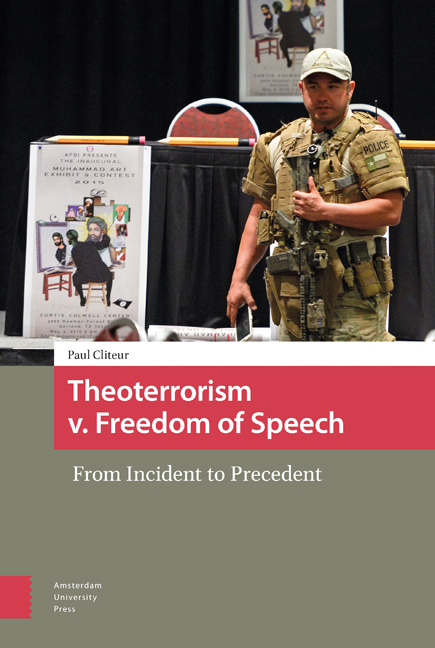Book contents
2 - The Rudi Carrell Affair in the Netherlands
Published online by Cambridge University Press: 21 November 2020
Summary
Don't join the book burners. Don't think you are going to conceal thoughts by concealing the fact that they ever existed. Even if they think ideas that are contrary to ours, their right to say them, their right to record them, and their right to have them at places where they are accessible to others is unquestioned, or it isn't American.
EisenhowerAs may be expected, the commotion in Germany roused the interest of the Netherlands. Rudi Carrell was, after all, a famous Dutch show master. His real name was Rudolf Wijbrand Kesselaar, born in 1934 in Alkmaar. And, as said, his Dutch accent always remained clearly noticeable, even after having lived in Germany for decades. According to some, his “typical Dutch rudeness” served him well in his career in Germany.
As indicated, Carrell satirized many German politicians, but also world leaders such as the pope, Margaret Thatcher, and many others. And if it was possible to lampoon leaders from Germany, the United States, and Great Britain, why not satirize a world leader from a real dictatorship; a leader whose exploits were discussed in the news media all over the world? But that turned out to be more of a problem than anyone had foreseen.
As might be expected, the Dutch took great interest in the affair, and in their program “Behind the headlines”, VARA broadcasting company wanted to show the fourteen-second clip that had caused all the commotion. This is the ABC of journalism, is it not? The VARA journalists must have thought: Let people decide for themselves what they think about the spoof that has caused so much uproar in a neighboring country.
It was announced that the footage would air on 23 February 1987, eight days after the German broadcast, but something unusual happened: the Dutch Minister of Foreign Affairs, Hans van den Broek (b. 1936), personally called the Dutch broadcaster. During his telephone call on 23 February, a few seconds before the network was to broadcast the program containing the contested item, the minister tried to convince the host, Paul Witteman (b. 1946), not to air the item discussed.
- Type
- Chapter
- Information
- Theoterrorism v. Freedom of SpeechFrom Incident to Precedent, pp. 39 - 64Publisher: Amsterdam University PressPrint publication year: 2019



